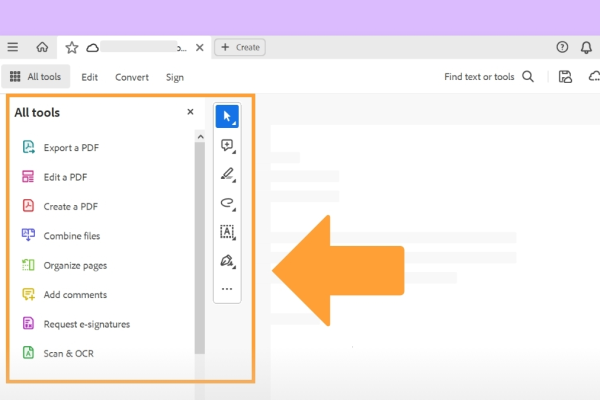Mathematics is a subject that includes two parts in it called Algebra and Geometry. The first part is all about digits and variables while the second part is all about shapes, their properties, and their applications in our daily life. If you observe you will notice that every object that we use regularly has some connection with mathematics. Life becomes easier if we study mathematics through concepts and real-life applications. You must have observed when you connect your knowledge with the application you remember that concept forever. Mathematics is vast and it has many topics, one of the famous topics of mathematics is angles.
We observe different objects such as toys, equipment, cones, rooftops, houses, and many more. Almost every object has a certain shape and hence the object has certain work to perform. Scientifically everything has shape except liquid and gas as they have the only volume. Liquid obtains the shape of the material we put it in. Geometry is all about shapes such as triangles, quadrilaterals, rectangles, squares and many more are a combination of angles. There are several types of angles. Let’s see some tips to understand different concepts of angles:
- There are several types of angles and you can understand them better if you learn the property and theorem of each angle.
- There are several uses of angles such as you can use it to prove any theorem or you can use it to find out any unknown angle present in the figure.
- Interior angles are the angles that are present inside the figure, for example, when you draw a square ‘PQRS’ then all the angles present in it such as angle ‘P’, angle ‘Q’, angle ‘R’, and angle ‘S’ are interior angles.
- The interesting fact about the quadrilaterals is the addition of all the interior angles of the quadrilateral is always equal to three-sixty degrees.
- There are three types of angles according to the measurement of angles. The first type is acute angles they measure less than a ninety degree, the second type is obtuse angles they measure more than a ninety degree and the third type is the straight angle they measure exactly one-eighty degrees.
- You can practice the different angles by drawing them on a piece of paper and you can measure the angles with the help of a protector.
- The angle that measures exactly equal to ninety- degrees is called a right-angle. Shapes like squares, rectangles, and triangles contain right angles.
- There is a special use of this right-angle in the right-angled triangle. We use the property of this angle in the Pythagoras theorem.
- If you draw a triangle ‘GTA’, where angle ‘G’ is ninety-degree and the other two angles, that is angle ‘T’ and angle ‘A’ measure forty-five degrees each.
- The side ‘TA’ is called a hypotenuse as it is opposite to the right angle. The theorem suggests that the square of the hypotenuse is equal to the addition of squares of the other two sides.
- This theorem is used to find out other sides of the triangle and it is used in various applications. In the architecture of the building, this property of angels is used.
- You must have seen ‘Z’ angles, these angles are known as alternate angles. Suppose the ‘Z’ angles are ‘ABCD’, here angle ‘B’ and angle ‘C’ measure the same as they are alternate angles.
Now you must have understood how easy mathematics is if you study it by considering real-life examples. Also now you must have understood different types of angles. Now you can easily solve problems based on the uses and applications of angles. Almost every shape except spheres, circles are made up of angles. You must have understood that you can only differentiate between angles only if you know their properties. If you are looking for the best platform to learn math then Cuemath is the best platform to understand math more practically. They have provided each math concept beautifully. Don’t treat math as a boring subject to make it interesting.





